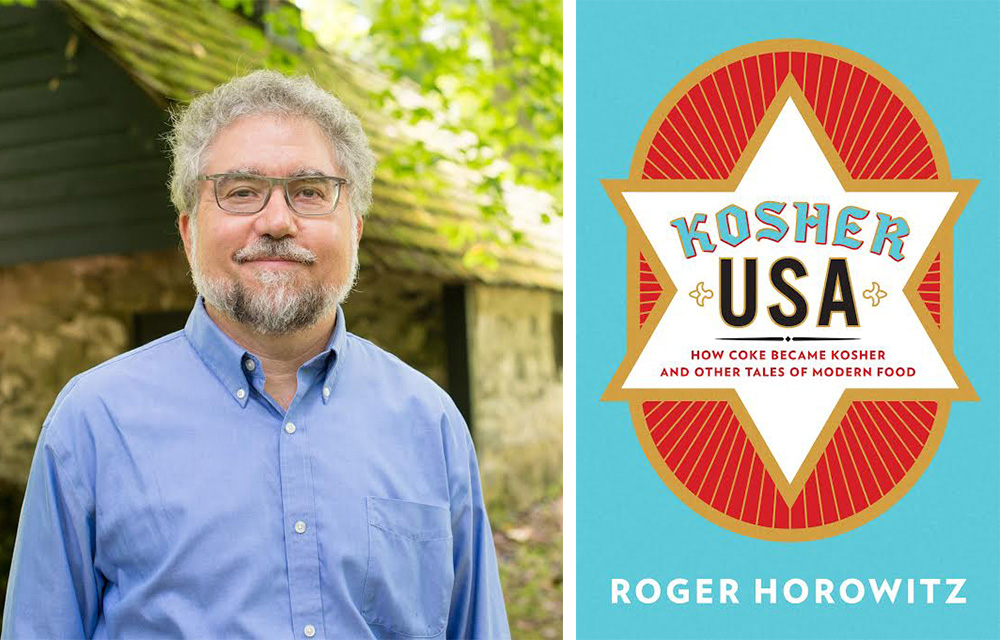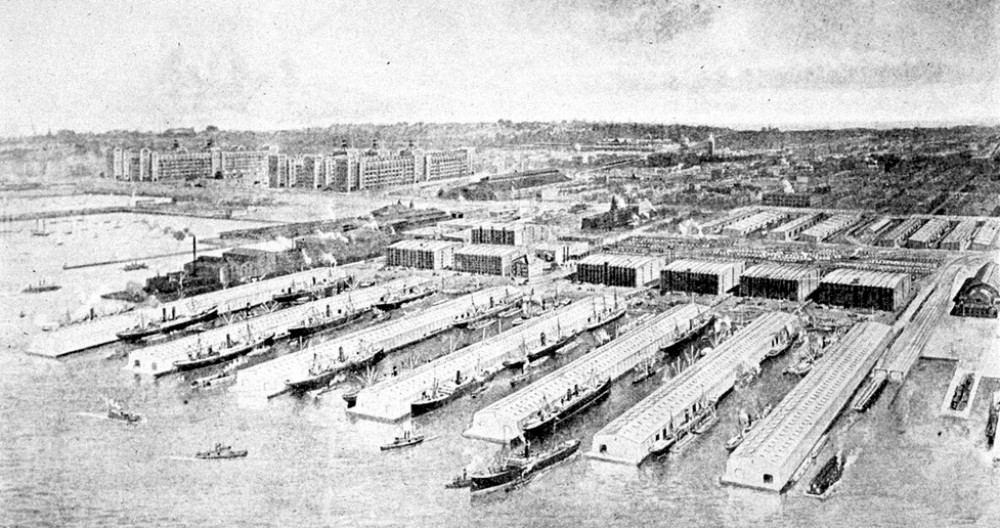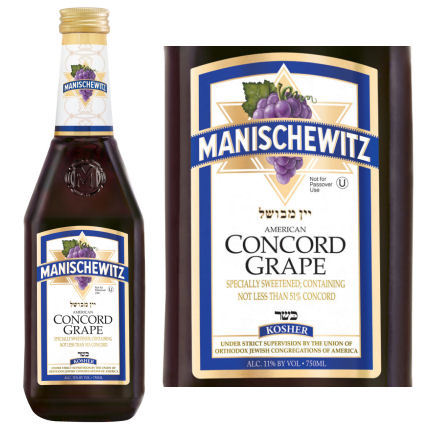Man-O-Manischewitz: How One Kosher Wine Came to Define an Era of Brooklyn Industry
It’s delicious. It’s disgusting. You drink it only on Passover. You know it only from that one Lauryn Hill lyric. But man-o-Manischewitz! The Brooklyn history of this sweet kosher wine is fascinating. Manischewitz wine is a kosher brand of wine known for its polarizing sweet taste and presence at Passover seders. A common feature at…

It’s delicious. It’s disgusting. You drink it only on Passover. You know it only from that one Lauryn Hill lyric. But man-o-Manischewitz! The Brooklyn history of this sweet kosher wine is fascinating.
Manischewitz wine is a kosher brand of wine known for its polarizing sweet taste and presence at Passover seders. A common feature at Jewish celebrations, its popularity has expanded beyond the religious to become a staple at secular gatherings.
There’s an important distinction between Manischewitz the wine and Manischewitz the popular kosher brand of food stuffs, though. Despite the name overlap, the two are produced by separate companies. The kosher food company licenses the Manischewitz name to the wine producer (historically, Monarch Wine Company).
Brownstoner recently got the chance to speak with food historian Roger Horowitz, author of the just-published Kosher USA: How Coke Became Kosher and Other Tales of Modern Food, about Manischewitz’s Brooklyn roots, and how this unassuming wine became the first Jewish food product to cross over into the mainstream.
If the below interview intrigues you, be sure to enter to win two tickets to Horowitz’s Brooklyn Historical Society event Man-O-Manischewitz: Brooklyn’s Wine in a Kosher USA. For those who don’t win, the event, which is taking place from 6:30-8:30 p.m. on Tuesday, April 12, costs $5, with tickets available online.

How did Manischewitz wine end up in Brooklyn?
The Monarch Wine Company [the company that owned and produced Manischewitz wine] starts out in Manhattan in the early 1930s. In 1939, it moves to Brooklyn’s Bush Terminal, and that’s where its great success is: making wine in Brooklyn. In ’39, they’re renting 20,000 square feet in those buildings, and by the mid ’50s they’re renting five times more — 100,000 square feet — because their wine production is rocketing in the ’40s and ’50s.
Where does all this popularity for a kosher wine come from?
What happens with Manischewitz wine is that by the mid ’40s it starts becoming very popular in the African-American community. By the early 1950s, 85 percent of the consumers are not Jewish. It’s the first crossover Jewish product in American history.
Why would the African-American community be interested in a kosher wine?
What happens is in the 1940s Monarch discovers that their wine sales are increasing after Jewish holidays. This is something they discover spontaneously.
My analysis is that Southern African-Americans had a tradition of drinking sweet homemade wine made from scuppernong grapes, which are very similar in many respects to concord grapes [which Manischewitz is made from]. During WWII, hundreds of thousands of African-Americans are migrating up from the south to New York City. In New York, they’re in neighborhoods that often have Jewish residents and they start trying the wine in liquor stores. Bush Terminal is also critical for that success.

What part does Bush Terminal play in all this?
Bush Terminal is a major shipping connection. In 1954, the Bush Terminal can produce 7 million gallons [of Manischewitz] a year. That’s a lot of grapes, and those grapes are coming from upstate New York and getting down on the New York Central Railroad.
One of the reasons for Bush Terminal’s success was it had the rail shipping to go directly there and the shipping to go out. Manischewitz is extremely popular in other places in the world, especially Latin America, and Bush Terminal is one of the great transportation facilities of the area. So you have that wonderful combination [Monarch was] taking advantage of; they would not have moved there without Bush Terminal.
Is Manischewitz still processed in Brooklyn?
In the mid ’80s the owners sold Manischewitz to the Canandaigua Wine Company, who owns it now. This is also the time Bush Terminal is suffering, in large part because of the rise of containerized shipping. So they close the refinery and the processing plant in Brooklyn. Canandaigua [now Constellation Brands] moves to upstate New York, and Manischewitz loses its history; the connection to Brooklyn is lost.
Clearly Manischewitz’s history has been changed by Brooklyn, but do you think Brooklyn has been changed by Manischewitz?
I don’t know what it takes to change a borough; it certainly contributed to the economic dynamism of Bush Terminal and the surrounding area. It’s part of the economic and industrial machine that drives Brooklyn’s growth in the 1950s. I don’t want to make the case that it was the most important employer in Brooklyn, but it was big.

Related Stories
Kosher Burger Joint Opens on Kingston Avenue in Crown Heights
Six of Brooklyn’s Best Pastrami Sandwiches
How Bananas Built Industry City — the Story of Sunset Park’s Bush Terminal
Email tips@brownstoner.com with further comments, questions or tips. Follow Brownstoner on Twitter and Instagram, and like us on Facebook.





What's Your Take? Leave a Comment